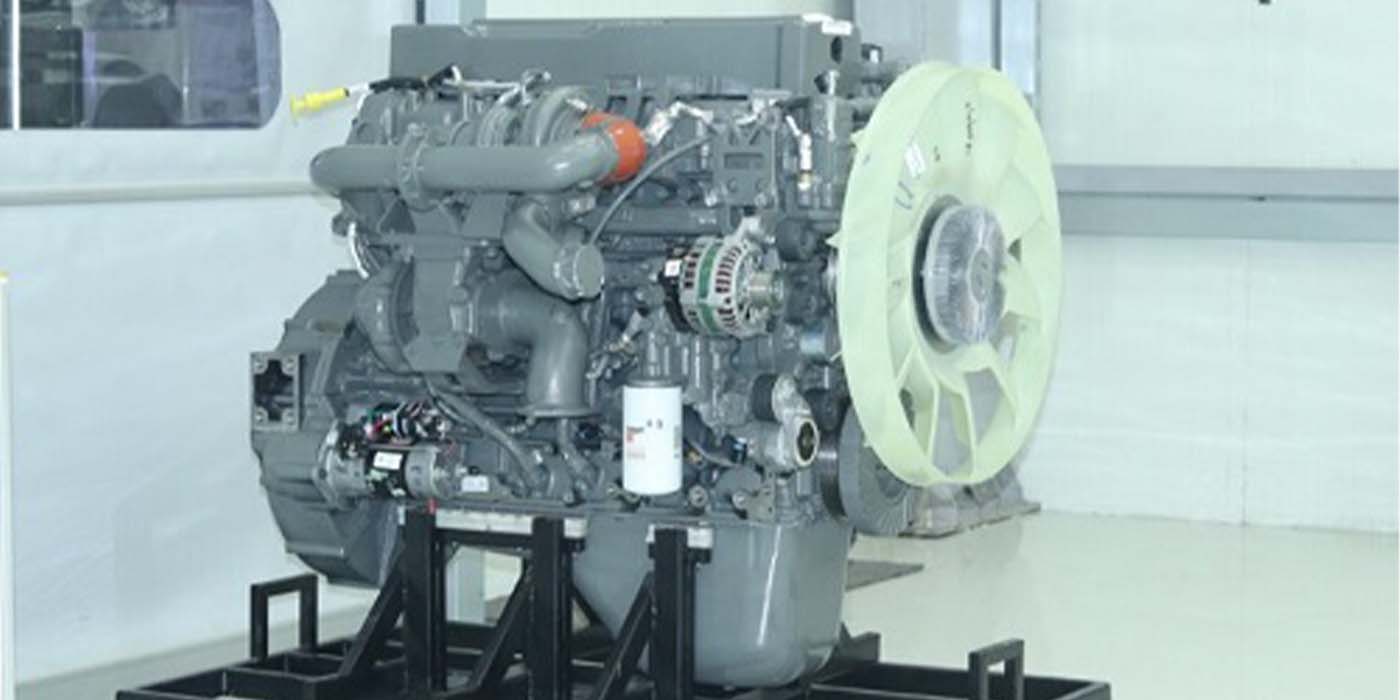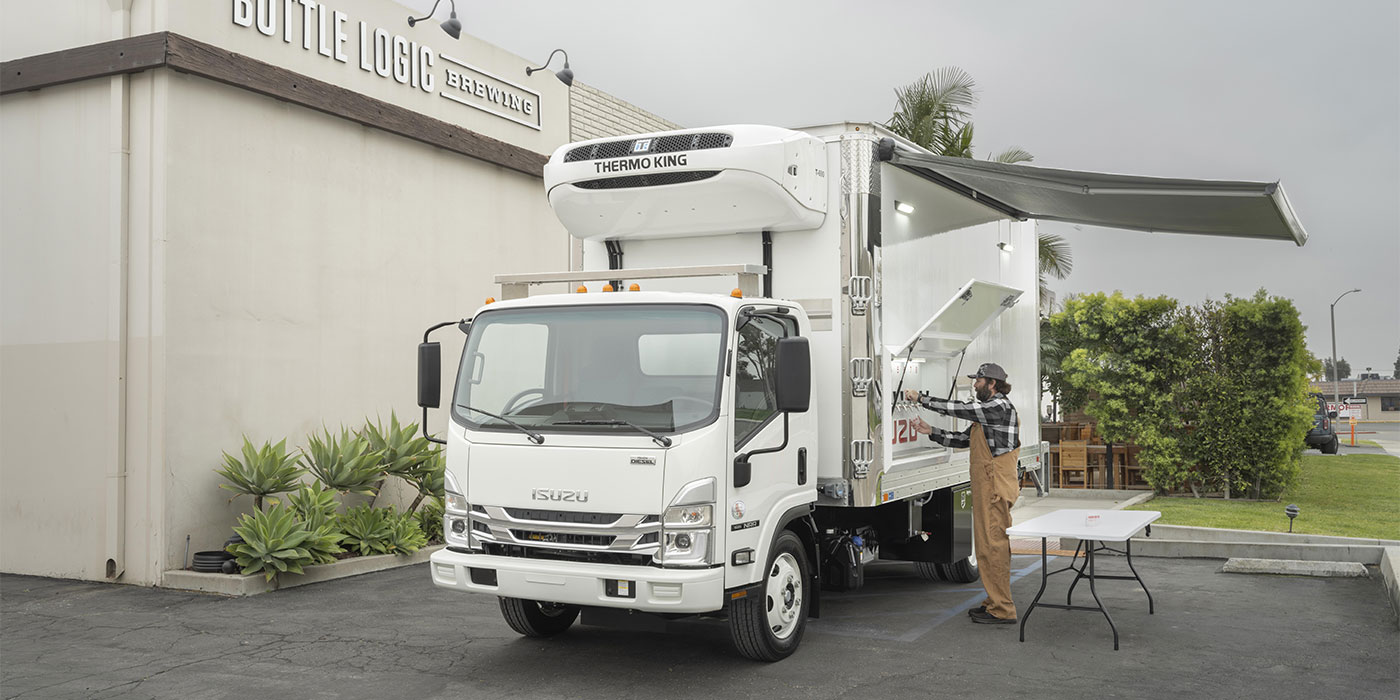With more fleets interested in plugging in, the availability of all-electric vehicles is picking up. When the High-Efficiency Truck Users Forum (HTUF) E-Truck Task Force (E-TTF) was formed, its mission was driven by the potentially large benefits of operating electric trucks in a variety of fleet segments. E-TTF has identified a list of Preliminary “Best Use Profiles”/Duty Cycles for all-electric that include fixed route; stop-and-go operations with local, dedicated short-haul routes; and vehicles used at facilities and in high idle, worksite applications.
Electric truck developments, meanwhile, have been making headlines, including an announcement that the city of Chicago has awarded a contract to Motiv Power Systems to supply 20 Class 8 electric refuse trucks. In total, Chicago operates 600 garbage trucks. At the 2012 HTUF forum, the city’s fleet mangers said they had evaluated hybrid and compressed natural gas refuse trucks before requesting bids for the electric vehicles. The city had found that its garbage routes did not enable hybrid or CNG vehicles to be financially viable, an analysis they confirmed by placing a hybrid garbage truck into service.
The Motiv electric Powertrain Control System (ePCS) uses off-the-shelf batteries and motors, which can be mixed and matched to fit the exact size of the electric truck needed, including medium-duty to Class 8 models from 15,000 to 52,000 lbs. Company research indicates that the ePCS design cuts operating costs by 50% over an eight-year period.
“Scaling up from a medium-duty model to a Class 8 garbage truck is really just a matter of switching out components and re-packaging it onto the new chassis,” said Jim Castelaz, CEO of Motiv. “We’ve designed the whole system to be compatible with any off-the-shelf motors and batteries, which are brought to a uniform operating standard by our software. If Chicago ever wants newer batteries, the old ones can be easily swapped out.”
The Motiv EV refuse trucks planned for Chicago will use the ePCS system with a larger motor, and 1ten battery packs. The garbage trucks also will use an electric motor to drive the hydraulics system. The refuse trucks in Chicago will weigh 52,000 lbs. and have a range of more than 60 miles. Motiv will work with its partner, Detroit Chassis, a subsidiary of Spectra LLC that produces chassis and complete vehicles for the automotive, RV and commercial truck industries, to install the ePCS onto a standard refuse chassis. Loadmaster will provide the garbage truck bodies.
On the light-duty commercial electric vehicle front, it was announced earlier last year that Utah’s Rocky Mountain Power utility would be one of the first to demonstrate new electric pick-up trucks built by VIA Motors. The subsidiary of PacifiCorp is participating in the early evaluation program in coordination with the U.S. Department of Energy.
VIA’s new electric pick-up truck averages over 100 MPG on an equivalent basis with a daily charge and when operated in zero emissions mode for a majority of fleet driving. VIA works with General Motors to electrify GM trucks, vans and SUVs using its proprietary technology. VIA is selling the electrified work trucks initially to fleets.
Meanwhile, the E-TTF has published findings and recommendations that represent actions needed to support and expand the production and use of electric and plug-in trucks. Included in the report is an E-truck Business Case Calculator that can aid fleets in their financial and cost-benefit analyses. The task force also included an Infrastructure Planning Guide for E-Truck Fleets, which is designed to help fleets avoid unexpectedly high initial infrastructure costs and electricity demand charges.
The E-TTF report concludes that electric trucks can achieve payback and satisfy fleet needs even in the early market stages of their development if the vehicles are placed in applications that provide high daily petroleum offset (either in mileage or energy use) and can maintain high utilization rates.









